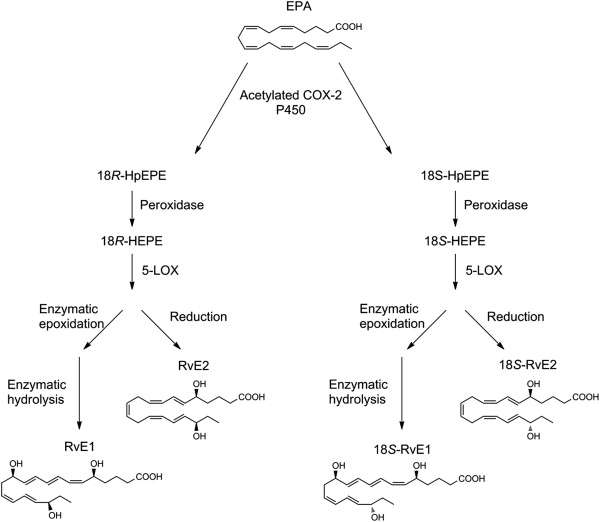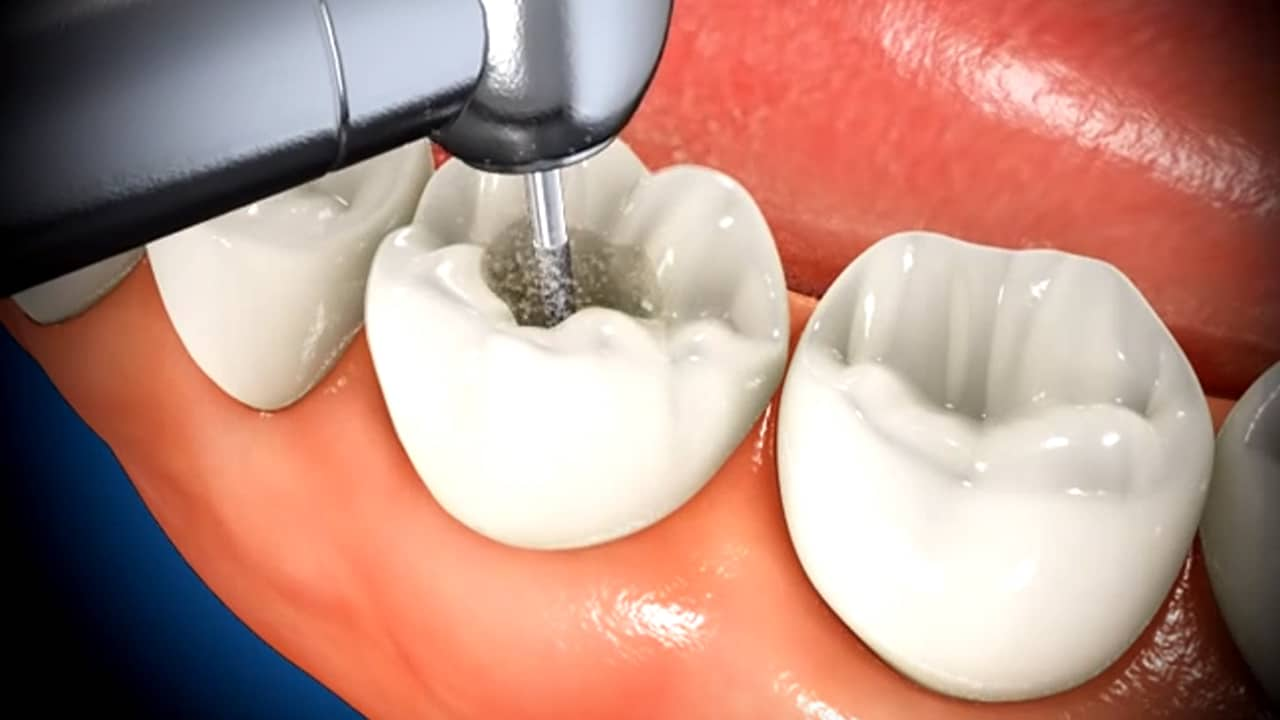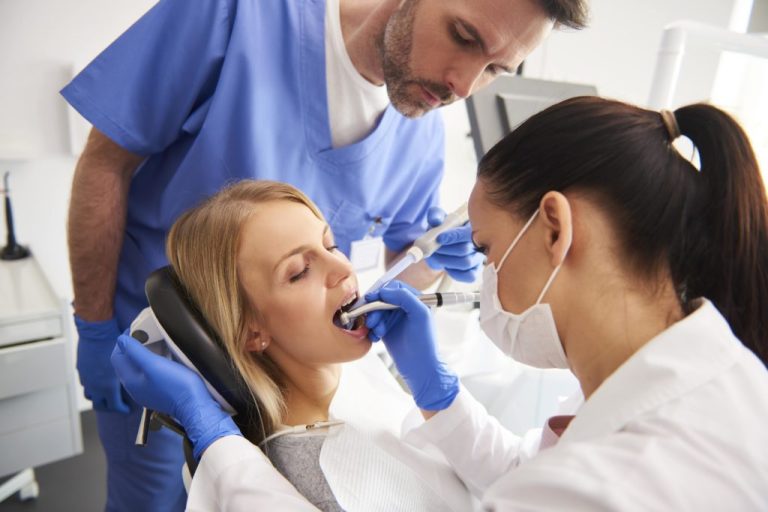A breakthrough may be on the horizon that could save countless patients from the anxiety-inducing sounds of dental drills and the hassle of root canal treatments. Researchers are investigating a new approach to combating advanced tooth decay, potentially making specialist dental practices obsolete.
This innovative method involves the application of molecules known as resolvins, which exhibit the remarkable ability to regenerate damaged dental pulp. The implications of this discovery are far-reaching, offering hope for a future where lengthy and often dreaded root canal procedures may become a thing of the past.
Root canal survey
He stressed the importance of this discovery, particularly in dealing with a common oral health issue known as pulpitis – inflammation of the dental pulp. “Pulpitis is a very common oral health disease that can become a serious health condition if not treated properly,” said Van Dyke.
This condition, characterized by inflammation within the dental pulp, poses a significant threat to patients’ health and comfort. Pulpitis often occurs due to cavities, cracks in the tooth or other injuries, with possible infections that can compromise the vitality of the dental pulp and cause excruciating pain.
Traditionally, root canal treatments have been used to fight infections within the dental pulp. These procedures involve meticulous removal of the infected tissue, followed by filling the resulting void with a biocompatible material.
Although effective, root canal therapy has its limitations, as Van Dyke explained, “Root canal therapy (RCT) is effective, but it has some problems in that you remove significant portions of the dentin and the tooth dries out, leading to greater risk of fracture down the road Our goal is to find a method to regenerate the pulp, instead of filling the root canal with inert material.
At the heart of this innovative approach is a group of molecules called resolvins, with a particular focus on Resolvin E1 (RvE1). Resolvins belong to a broader class known as Specialized Pro-Resolving Mediators (SPMs), which play a key role in controlling excessive inflammation resulting from infection and disease.
Research findings show that when RvE1 is applied directly to infected or damaged dental pulp, it exhibits remarkable regenerative properties, particularly when the pulp is still viable. However, in cases where the dental pulp is severely infected or dead, RvE1 may not induce regeneration, but is effective in slowing the rate of infection and reducing inflammation.

“In infected pulps exposed to the oral environment for 24 hours, RvE1 suppressed inflammatory infiltration, reduced bacterial invasion of root canals, and prevented the development of apical periodontitis, while its regenerative effect was limited,” the researchers reported in their paper .
It is important to note that the study was conducted using mice as subjects, rather than human patients. Therefore, further research and clinical trials will be required to determine whether RvE1 has similar regenerative effects in humans and whether it is safe for use in dental procedures.

However, this groundbreaking discovery has generated considerable excitement among scientists and dental professionals, who see the potential for transformative changes in the field of dentistry and beyond.
“The application of RvE1 to dental pulp promotes the formation of the type of stem cells that can differentiate into dentin (tooth), bone, cartilage or fat. This technology has enormous potential in the field of regenerative medicine beyond the tissues in teeth. Van Dyke noted.
Indeed, the implications extend far beyond dentistry, as this regenerative approach could conceivably be applied to bone growth and repair in various parts of the body.
While there is still much work to be done before this innovative treatment becomes widespread, the promise it holds for revolutionizing dental care and regenerative medicine is undeniable.
For those who have endured the discomfort and stress associated with traditional root canal procedures, the prospect of a less invasive and more effective alternative is a beacon of hope. The future of dentistry is undoubtedly brighter with the potential for resolvins to reshape the way we approach dental health and regenerative medicine.

